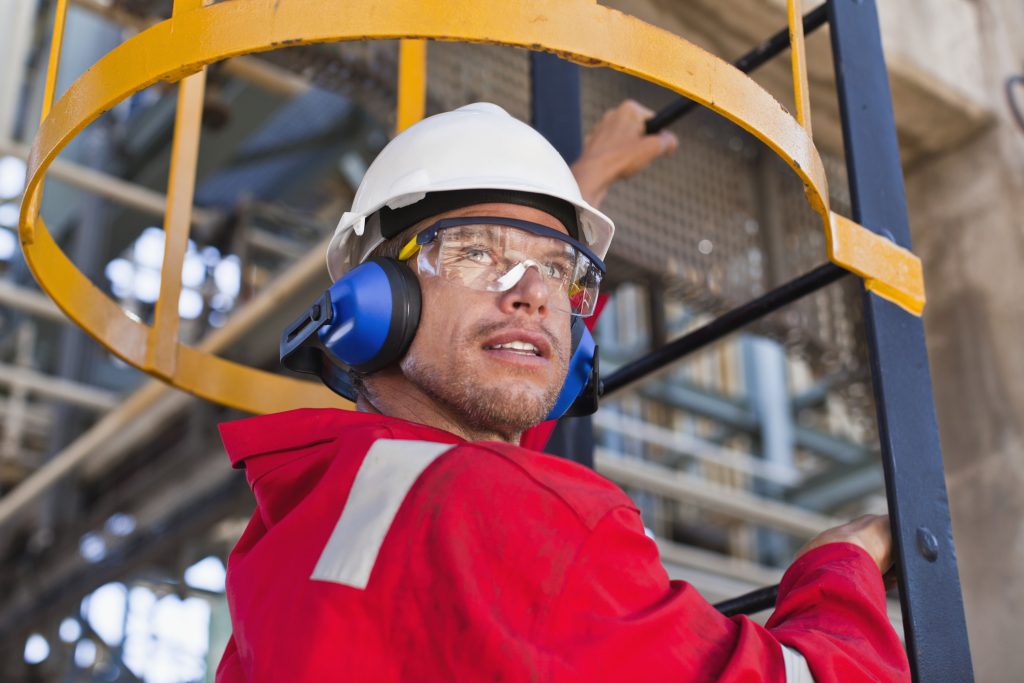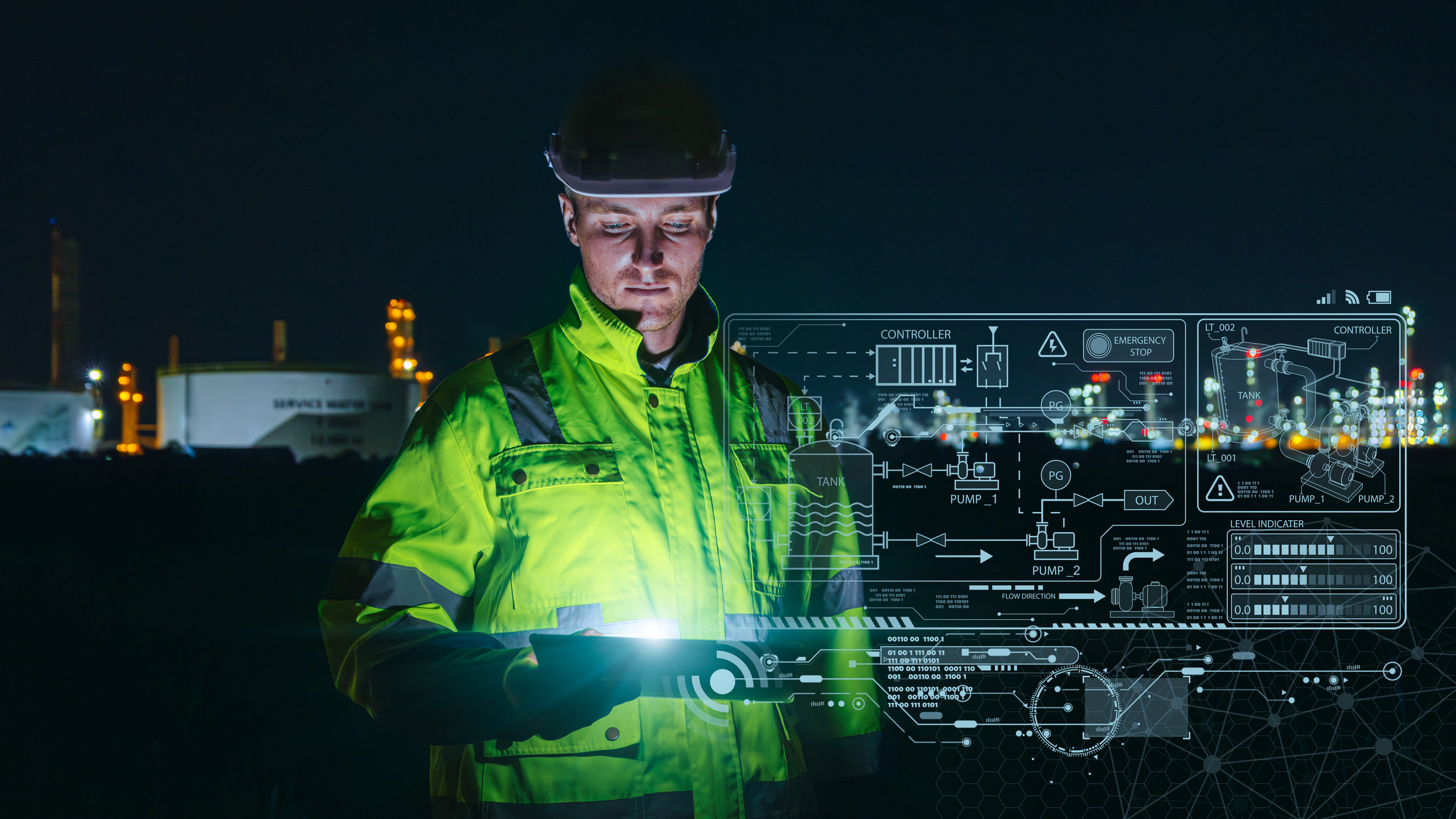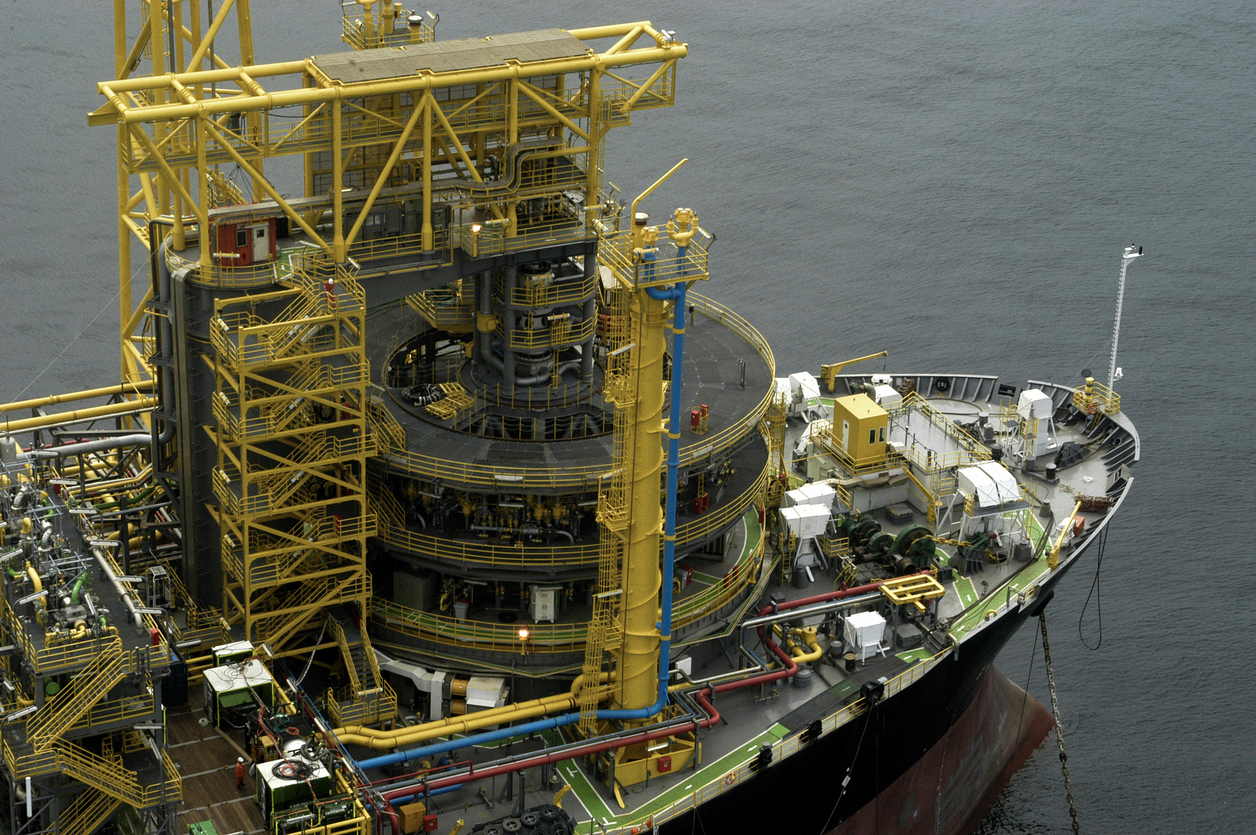Industrial environments are, by nature, complex and challenging. Operations involving heavy machinery, chemicals, high-rise structures, and the constant movement of people and equipment pose real, often underestimated, risks. Although safety protocols exist, their effectiveness depends on one essential factor: management's commitment to a culture of active and structured prevention.
Industrial safety isn't a "cause" limited to HR (Human Resources) or the Internal Accident Prevention Committee. It's a responsibility that directly impacts the organization's operational continuity, brand reputation, and financial health. In this article, we'll explore why this topic should be a priority on senior leadership's agenda and how to structure a robust and sustainable operational safety plan.
What is industrial safety?
Industrial safety is the set of measures, policies, standards, and practices aimed at protecting the physical and mental integrity of workers, preventing accidents, and reducing operational risks in industrial environments. It encompasses everything from plant layout to the selection of technologies that are part of daily activities, as well as employee behavior and the way training is conducted.
Safety isn't just about distributing PPE or installing warning signs or cameras. These are important elements, yes, but they are part of a much broader ecosystem, which begins with how the operation is designed and managed. True safety is that which is integrated into the company culture, visible on a daily basis, and led by example.
The most common risks in industrial environments
Factories, plants, warehouses, distribution centers and other industrial environments are subject to a series of risks that can compromise not only the lives of employees, but also the stability of the operation. Among the most recurring are:
- Accidents involving moving machinery and equipment, often due to a lack of locks, sensors or signage;
- Collisions between forklifts and industrial vehicles, especially in areas with low visibility or without clear lane markings;
- Exposure to high levels of noise or heat, compromising hearing health and well-being;
- Falls from height, caused by faulty anchors, slippery floors or lack of training;
- Physical and mental fatigue, common during long working hours or alternating shifts, increasing the risk of human error;
- Negligence in the use of PPE, due to a permissive culture or lack of supervision;
- Poor signage and lack of visible evacuation routes, which can aggravate emergency situations.
These risks cannot be treated as exceptions. They are symptoms of a flawed security structure. The first step to correcting them is to take them with the seriousness they deserve.
Flaws that compromise safety
No matter how diligent a company is, any organization is prone to structural errors when dealing with industrial safety. Therefore, it's important to be aware of the most common cases, such as:
- Delegate all responsibility to HR or the CIPA, as if safety were an isolated issue;
- Factory layout that makes it difficult to control access, rapid evacuation or delimit risk zones;
- Lack of real-time visibility into what is happening in the operation;
- Excessive reliance on PPE, without considering employee behavior or process failures;
- Low investment in practical training, simulations or near-miss reporting culture;
- Resistance to change from middle management, who see security as a “barrier to productivity.”
In addition to creating the potential for accidents, these failures can leave the company vulnerable to legal penalties, labor lawsuits, reputational damage, and, in extreme cases, operational disruption.
How to implement an industrial safety plan from scratch
A good industrial safety plan needs to go beyond bureaucracy. It needs to be practical, measurable, and ongoing. Some of the essential pillars are:
- Real-world operational diagnosis: Map risks by sector, activity, and function. Talk to those on the front lines;
- Leadership engagement: Without the support of senior management, the safety culture cannot be sustained;
- Recurring and contextualized training: Training needs to be applied to the employee's reality and not just theoretical;
- Clear and accessible policies: Rules must be communicated in a simple, visible and understandable way for everyone;
- Performance indicators: Establish safety metrics, such as near-miss rate, PPE use, accident-free hours, among others;
- Technology and automation: Systems that allow monitoring and real-time alerts can be great allies.
Safety as a competitive advantage
Organizations operating in industrial sectors know that safety is also a competitive criterion. Large clients, especially multinationals, audit their suppliers and require practices aligned with international standards, such as ISO 45001 (Occupational Health and Safety Management).
Given the increase in regulatory requirements in Brazil and around the world, complying with local and international requirements (such as ABNT NRs, OSHA – United States, or EU-OSHA – Europe) is not an option, but a necessity for companies that want to remain relevant and operational.
Preparing for audits means having well-documented, traceable, and auditable processes. It's demonstrating commitment, not just to rules, but to people.
How to Deal with Resistance to Change in Security Programs
Every cultural change encounters resistance. Many teams view new rules as bureaucracy, and many leaders avoid confrontation by enforcing standards.
Overcoming this obstacle requires clear and inspiring communication that demonstrates that safety is essential to protecting lives, not just complying with regulations. Furthermore, nothing is more convincing than seeing those at the top respecting and demanding compliance with protocols, which is why leadership is so important.
Another crucial point is recognizing good practices by teams and employees who contribute to a safer environment, valuing their efforts.
Is it worth investing in prevention? How can we measure the return?
This question is still asked in many board meetings. And the answer is straightforward: yes, it's valid, and it can be proven.
The cost of a serious accident can exceed hundreds of thousands of reais, including compensation, downtime, rework, and damage to the company's image. Furthermore, reducing accidents increases productivity, reduces absences, and improves the company's overall climate.
Safe environments attract and retain talent. Safety is also part of the employee experience. Mature companies don't view safety as a cost, but rather understand that it's an investment with a direct return on operations and reputation.
Conclusion
Reducing industrial safety to a technical function or restricted to the Internal Accident Prevention Committee underestimates an issue that directly impacts operational continuity. Failures in this area can trigger a range of consequences, from the interruption of production processes to legal, labor, and reputational impacts.
More than just preventing accidents, investing in safety is a way to protect people, maintain the trust of customers and partners, and ensure that the business continues to operate solidly and responsibly.
About ALTAVE
ALTAVE offers intelligent monitoring solutions that increase safety in critical operations, protecting people, assets, and processes. By combining cutting-edge technology with automated analysis, it is possible to identify risk situations in real time and prevent accidents before they happen.
With real-time monitoring, intuitive dashboards and 24/7 support, ALTAVE contributes to operational safety and the protection of lives and essential resources. The company has patented technologies in Brazil and abroad, and is present around the world, serving sectors such as Defense and Security, Energy, Mining, Ports, Agribusiness and Oil and Gas.
Recognized for its strategic relevance, ALTAVE is accredited as a Strategic Defense Company by the Brazilian Ministry of Defense and a supplier to Petrobras.
Let's have a chat?
Contact us to learn more about how our solution can help your company!





